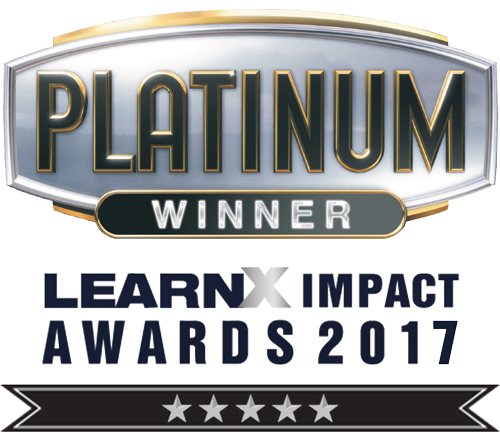At RMIT’s Vocational School of Design and Social Context Learning and Teaching conference Turning the kaleidoscope Andrew Newhouse and Oliver Lorraine-Wedd presented a model for online learning. While there is no one size fits all approach to learning and teaching, there are best practices and standards that should be put in place. How to do you create a model for online learning? By using the VE quality confirmation (QC) framework. The quality confirmation frame work covers these seven pillars: Instruction Clear instructions and guidance are provided to support students in navigating the course and requirements to complete learning activities and assessments successfully. Content Lectures or equivalent content is available for each topic/module/week (recorded lecture, narrated pptx, topic notes). Recommended tools include Echo 360, Collaborate Ultra, Studio, Microsoft Teams and PowerPoint with audio over slides. Readings and resources Course readings and resources are available in Canvas. Relevant resources are available to students to support the completion of required learning activities and assessments. Learning activities Students have sufficient opportunities to apply knowledge and skills in preparation for assessment. Collaboration Students can communicate and engage with staff and other students through the use of discussion boards and other tools. Teacher-to-student support Students should understand who to contact […]
Walled gardens and open eco-systems: Mitch Benson from Canvas visits RMIT
When you are speaking to an audience at a University or TAFE and you bring up the “glacial pace of change in the academic sector”, you know you are in for a frank discussion. Overlay this with the speed that RMIT University adopted a new LMS – nine months and the Canvas Learning Management System (LMS) for those playing at home – and it’s almost deliberately provocative. Hold onto your keyboards. With a focus on preparedness for study and work, Mitch presented some stats that I’d like to unpack and discuss; they had research that teachers felt 96% of students were not prepared for study, and 92% of employers felt the graduates entering the workforce were not prepared for work. This seemed quite skewed to the US and higher education, as I believe the vocational education sector has better work preparedness, but I also know that it can be better. As Mitch noted, the key is that their research encourages a discussion about why and how we do what we do, and prompts us to focus on how we can achieve better student and industry outcomes. Another key point I took away, and one that is often missing in the […]
Think Tank Series – Assessment
The VE design team recently hosted a think tank event on the future of assessment in VET with the focus being “What do the changing nature of work and advances in technology mean for assessment in VET, skills and industry training?” We were joined by four experts from various organisations: Rita Chiu – Assessment Innovation Manager at Pearson Chris Ho – Teaching and Learning Specialist at Box Hill Institute Kerrie-Anne Sommerfeld – Owner of Rubric Training Solutions Matt Peachey – Managing Director at the Learning Resources Group As technology, industry needs and skill requirements rapidly change, what are we going to do about it? Our discussions raised the following key points: Process vs. event: do we view assessment as a holistic process, blurring the lines of formative and summative tasks, or stay with the more traditional event, which learning is to build up to? Audit and compliance: is writing assessments with audit compliance in mind fair, or should there be greater focus on ensuring language is appropriate and tasks are clear for students? Student clarity: The need to ensure students clearly know what they are required to do (simple, yet often missed in assessment development), and the […]
The present futurist…
After seeing the Blade Runner sequel (2049), I was thinking how otherworldly the landscape, technology and job roles (memory designer) still seem. Then I remembered the original 1982 movie was set in 2019. That’s right. Only one more year before Replicants and spinners abound or become reality… maybe? It did make me think about technology – predictions, reality and constraints. 3D printing and its application in the dental industry While delving into a new subject area – 3D design and manufacturing in the dental industry – I was struck by how locked and closed many of the software and hardware systems are, while also purporting to be the next saviour of the industry. I guess someone’s got to put food on the table for their family. While the technology has been around for a number of years, and is used in many industries, 3D printing in particular has almost become mainstream. You can get a ‘mini-me’ printed at Officeworks or buy your own budget printer from Aldi (if you get there early enough when they’re on sale. Maybe camp out). But these don’t quite cut it when you are dealing with the tenths of millimetres required when working on behalf […]


